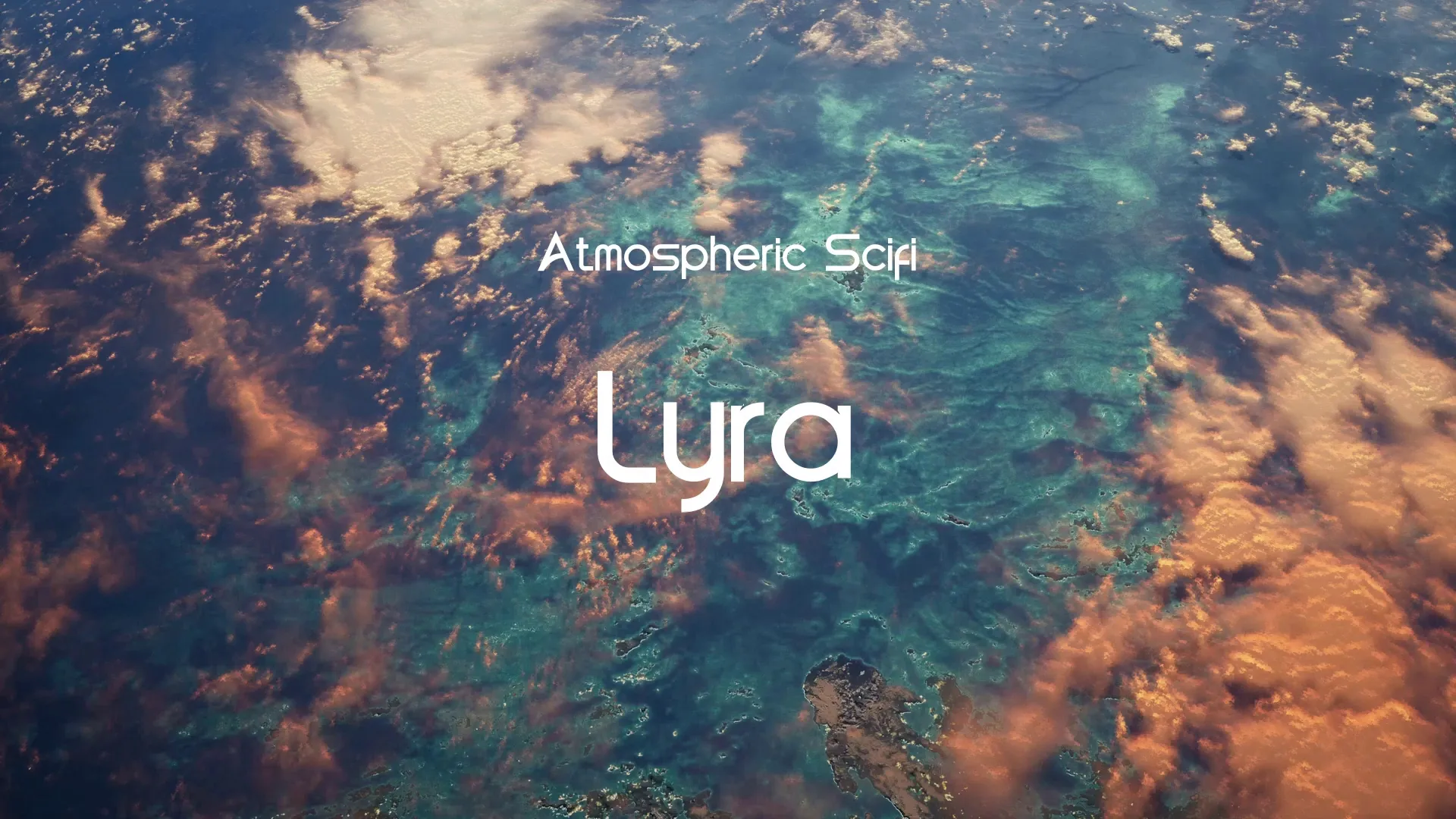How to Create a Game Design Document: A Comprehensive Guide for Indie Devs
How to Create a Game Design Document: A Comprehensive Guide for Indie Devs
Creating a Game Design Document (GDD) is a fundamental step for any game project, especially for indie developers. It serves as your game’s blueprint, guiding development and ensuring everyone involved shares a unified vision. A well-structured GDD minimizes miscommunication and keeps your project on track.
What is a Game Design Document?
A GDD is a living document that outlines every aspect of your game. It details the core mechanics, narrative, art style, audio, and technical requirements. Think of it as a central repository for all game-related information.
It evolves alongside your game, adapting to changes and new ideas. This dynamic nature is crucial for indie projects that often pivot during development.
Essential Components of an Effective GDD
Understanding the key sections of a GDD helps you structure your thoughts and information effectively.
1. Game Overview and Vision Statement
Start with a concise summary of your game. This section should include the genre, target audience, and unique selling points.
Craft a clear vision statement that encapsulates the game’s core experience. This statement acts as a compass, guiding all subsequent design decisions.
2. Gameplay Mechanics
Detail the core gameplay loop and all primary mechanics. Describe how players interact with the game world and its systems.
Break down complex mechanics into simple, understandable steps. Use diagrams or flowcharts if they aid clarity.
3. Narrative and Lore
Outline your game’s story, characters, and world-building elements. Explain the plot, character backstories, and the game’s overall thematic elements.
Even for games without a heavy narrative, establishing a clear lore can enhance immersion. Consider how your narrative supports the gameplay.
4. Art Style and Visuals
Define the aesthetic direction of your game. Specify the art style, color palette, and general visual language.
Include mood boards, concept art, or reference images to convey the desired look. This ensures consistency across all visual assets.
5. Audio Design
Describe the soundscape of your game. Detail the music, sound effects, and voice acting requirements.
Create a free account, or log in.
Gain access to free articles, game development tools, and game assets.
.webp)
.webp)





















